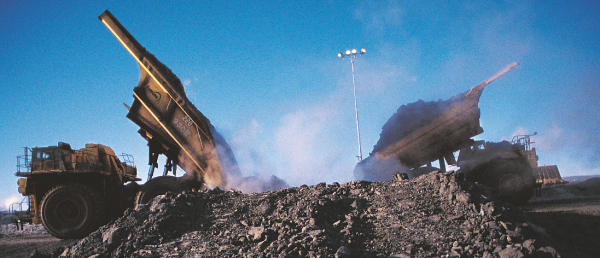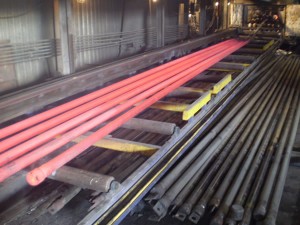
Oil sands producers will concentrate on expanding existing facilities, production to rise 1M b/d by 2025 – IHS
Oil prices are near levels where Alberta oil sands operators will consider expanding production, according to presenters at the recent 2016 TD Securities Energy Calgary Conference.
 Oil sands companies are targeting $55 to $60 WTI as the price at which they will add production. The Canadian Association of Petroleum Producers is forecasting an 850,000 b/d growth in production by 2021.
Oil sands companies are targeting $55 to $60 WTI as the price at which they will add production. The Canadian Association of Petroleum Producers is forecasting an 850,000 b/d growth in production by 2021.
“It is still tough out there, but in the past year we have dropped operating and capital costs by 17% and 30%, respectively, with our focus still being on consolidation and optimization,” Lyle Stevens, Canadian Natural Resources executive VP, told the 2016 TD Securities Energy Calgary Conference, as reported by Platts.
According to Stevens, CNR will add 23,000 b/d of oil equivalent of heavy and light oil output in Western Canada over the coming six months and is only three months away from adding 45,000 b/d of bitumen output at its Horizon facility.

Cenovus will restart three projects that were put on the backburner last year due to low oil prices. But the company would seek “price sustainability” before taking a final investment decision, Chhina said.
“We’re feeling a lot better this year than last year and have also been successful in cutting costs by 40% primarily due to the application of new technologies and deflation in the service sector,” Harbir Chhina, executive vice president of oil sands development with Cenovus Energy, told attendees of the same event.
“We are going to design this [oil sands] business at WTI $55/b,” Chhina said, according to Platts, without naming the three projects that would likely be sanctioned for development.
“A lack of production declines in the oil sands will help support growth,” writes Kevin Birn, a director with IHS Energy, in his latest blog post.
“Outside of the oil sands, oil production from existing fields will decline over time. Just to hold production flat requires a continual deployment of investment dollars in new production. In the oil sands, the absence of production declines means that each investment in new oil production results in growth.”
Birn and his team recently released a major report on oil sands production that forecasts incremental growth of nearly 1 million barrels per day by 2025. But the growth will be different, he says.

“IHS anticipates oil sands investors will focus their investments onto the most economic projects: expansions of existing facilities,” Birn wrote.
“IHS expects that over 80% of future activity in our outlook will be underpinned by expansions of existing facilities – these being well understood, quicker to first oil, and cheaper to construct. This all equates to less risk at a lower cost.”
In the short-term, the 2016 Alberta wildfires will reduce oil sands production additions, but prospects for production brighten in 2017 and thereafter.
“If oil sands were like most oil production sources globally and production declined over time, assuming an average global decline rate, these production additions would have to offset potential production losses in the range of half a million barrels,” wrote Birn.
“But oil sands are unique and the lack of production declines is a major factor that supports growth.”


1 Trackback / Pingback